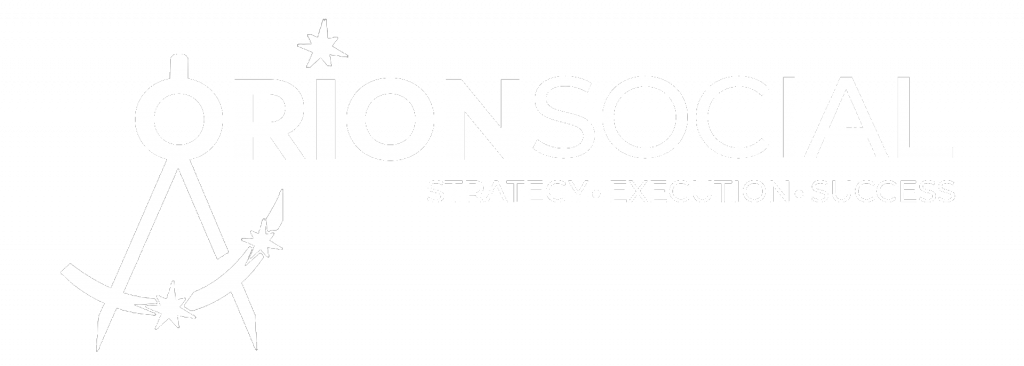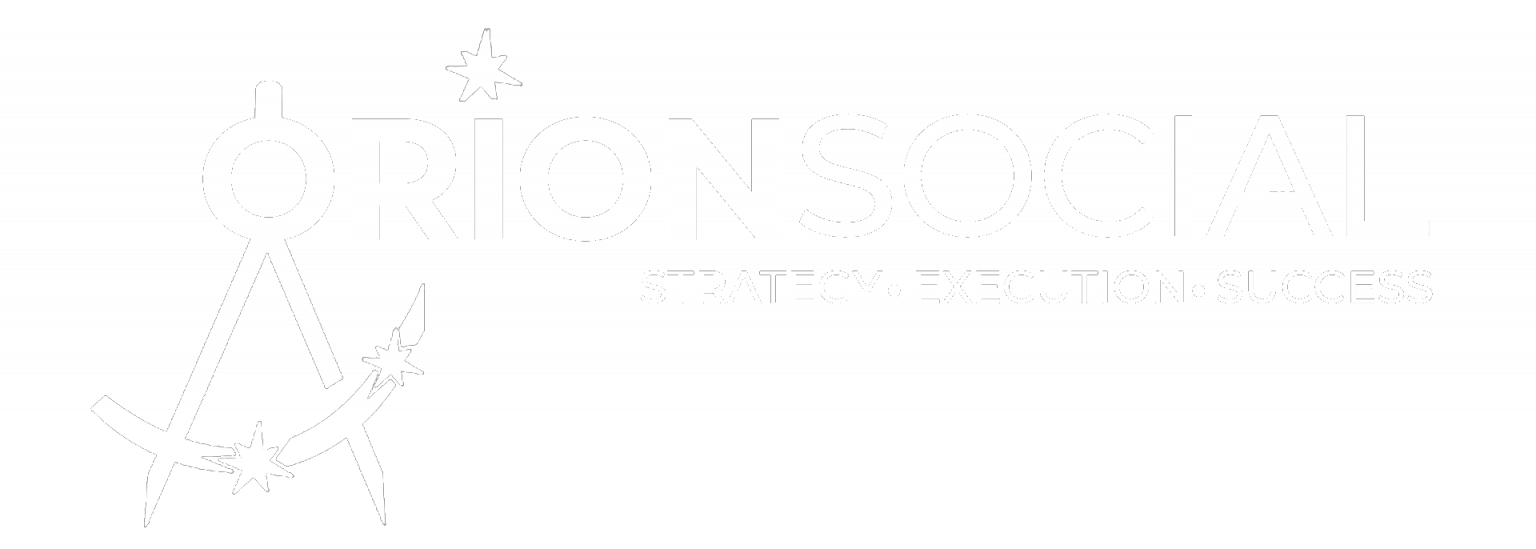It’s is not written by an expert lawyer or anyone close to one. That’s written by a typical business owner of a successful website development company who has no law degree or the budget to hire a lawyer to write a web development contract. However, they need an agreement that will assure a project will be well outlined for both the client and the developer as to what the expectations are of the entire project.
I must write a disclaimer that this proven web development agreement is purely based on skill and knowledge of the web design and development industry. Others may write these contracts and agreements differently. This article is written to help others who wish to know how to begin to write a 10 step web design and development contract. So enough said, let’s get down to the Ten steps:
1. Scope of Services:
Start with the most important aspect of the entire project. What specifically are you as the developer going to do for the client? Present a general 3-5 sentence summary of the field of service. Will you be responsible for the design and programming? How will the website be updated? Who will be responsible for marketing at the end of the project? Who will host the web when the project is done?
2. Price and Payments
It’s is the area where you are upfront and state the exact price paid. The terms of the payment divide up into installments. Is the project quoted at a fixed rate? Is it an hourly value and, how is this documented and tracked? Will the payments be made with a certain percentage up front as a down payment and then a monthly billing cycle, or is it a milestone linked payment system?
3. Term and Termination
How long will this agreement contract be enforceable? If the client does not want to pursue the project ¾ of the way through the project. How can he get out? What are the punishment and timeframe they can exit the contract? This is crucial especially to web development agreements with entrepreneurs and startups who many times have a great idea, some type of outline or business plan for what they wish to do, but for some cause never finish through with the project.
Then as the developer, you must have Few rights. Do you keep all of the code that has been evolved? Can you finish it and retain the intellective property to it? Many factors can go in this area, but it protects both the client and the developer in the case a developer never can complete a project or continues to be late on deliverables client wishes to end the relationship.
4. Ownership of Intellectual Property
One aspect that needs to address is who will retain the intellectual property to the project? Typically the client retains all intellectual property. This area highlights all of the intellective assets covered such as the source code, all digital files, documentation, etc. Intellectual property is very important to any web design and development projects.
5. Confidential Information
Many clients wish to keep all information that exchanges within a project to the developer as very secret and cannot disclose whatsoever. This must address in any agreement as to the limit that information can be disclosed. Can the developer mention that they are working for the client during the project to other prospects or potential clients? Many developers use their portfolio of clients as sales devices for other clients. This area must represent correctly, what disclosed, and for how long. What time is the information kept confidential and so on?
6. Warranty and Disclaimer
Having a warranty on the work that developed is standard in most website projects. Typically a 30-90 day guaranty gives on all work to be functional and bug-free. Now, this is the area that small details such as the client having access to the server and by mistake entering the files and making changes on a mistake that affect the functionality within the terms. Think of the mark on products that you purchase such as furniture and mattresses. It says that the warranty is void if you tear the tag off. This is what you can address in this field. You will confer a warranty on certain terms and conditions with specific disclaimers as well.
7. Limitation of Liability
This is the area in which the developer discloses that they are not liable for any losses of money for the developer or other financial losses directly or indirectly associated with the development of the website. Some fewer experiences clients will turn around to the developer as the source of their website not succeeding online. Avoid issues in the future if something does not succeed that the client’s idea would, especially things that the developer cannot control once the website launched. Also, during the project itself, if for whatever cause there is a financial loss, it protects you as a developer.
8. Relation of Parties
Make sure that the client and developer understand their relationship. The development partnership? Is it strictly a work-for-hire type relationship? Is it a client and vendor connection? This is the area where this must be high lighted to make sure the business relationship is understood.
9. Employee Solicitation / Hiring
Many developers never think twice about this, but there has been a matter where clients have lured employees or freelancers of the developer during or after the project was completed. Of course, this has huge negative aspects connected with it if this happens. That is why this area is also extremely crucial to lay out the fact that the client can not solicit the developer’s employees in any way when it comes to potential hiring or additional perks. Specify a few amounts of time for this as well. Typically this time is between 2-5 years.
10. Entire Agreement
This is the ending of the document that basically should say that the entire document and its qualities fall under the entire contract and that nothing will supersede it. Also, this is the field that will have the client and developer’s key representative who will sign it, date it, and post their roles within the company. Make sure that all modifications after signature sign with initials of both parties next to the change.
These Ten steps to writing a successful website design and development contract and agreement will give silence of mind to both the client and developer and will pave the way to a trusting business relationship.
Few clients may surprised when presented with what could be a 2-4 page document to read and sign. Don’t be afraid to walk them through each point and reaffirm the reality that such a document needed to protect them as a client and you as a developer in any unwanted situation, at the same time highlights exactly what everyone’s obligations are. With that said, there should be no problems and the client should be willing to sign the document. Of course, if they are not willing to sign the document maybe it is a financial loss to you as the developer but in the long run, it will avoid headaches and even more substantial financial losses.
Good luck with writing your first web design and development agreement. As with all things the more you practice writing these the easier they become.

